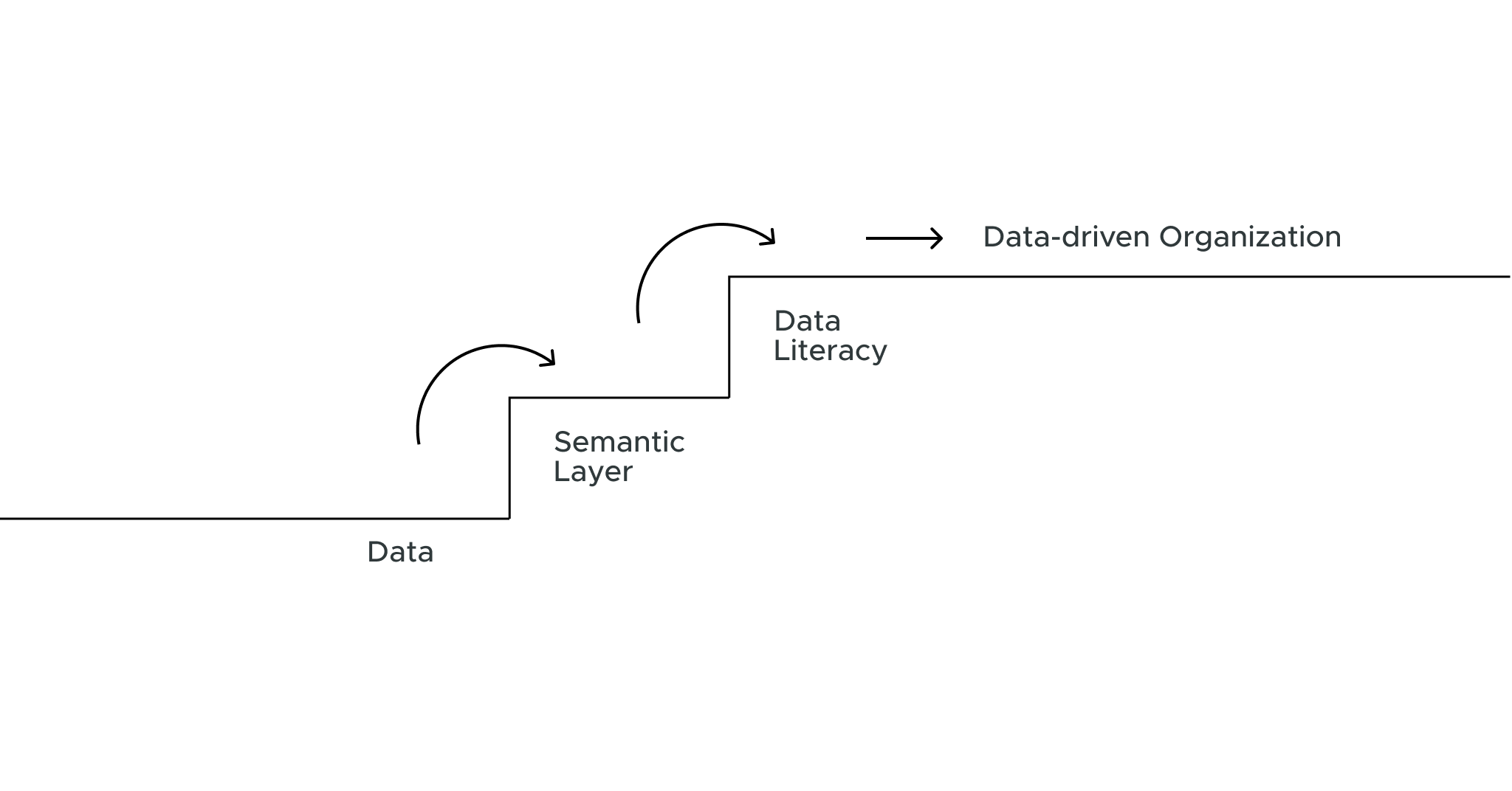
This post is the third in a three-part series by Jordan Morrow (read the first and second posts) Jordan is known as the “Godfather of Data Literacy”, having helped pioneer the field by building one of the world’s first data literacy programs and driving thought leadership. He is also the founder and CEO of Bodhi Data. Jordan is a global trailblazer in the world of data literacy and enjoys his time traveling the world speaking and/or helping companies. He served as the Chair of the Advisory Board for The Data Literacy Project, has spoken at numerous conferences around the world, and is an active voice in the data and analytics community. He has also helped companies and organizations around the world, including the United Nations, build and understand data literacy.
When not found within his work of Data, Jordan is married with 5 kids. Jordan loves fitness and the mountains, entering and racing in multiple ultra-marathons, and loves to travel with his wife and family. Jordan loves to read, often reading (or using Audible) to go through multiple books at a time. Jordan is the author of three books: Be Data Literate, Be Data Driven, and Be Data Analytical.
***
In an era where data and AI reign supreme, the ability to read, work with, analyze, and communicate with data, known as data literacy, is critical for a data-driven organization. Is it that easy? Just build data literacy and you will be a data-driven organization? Of course not. There are many pieces to a data-driven organization. Data is complex, challenging, and needs to be built right for an organization to utilize it effectively. This is where the semantic layer comes in. The semantic layer serves as a bridge between raw data and the end-user. Let’s explore how the semantic layer and data literacy complement and empower each other in a data-driven environment.
- Simplification and Interpretation
The semantic Layer simplifies the complex and provides end-users with data that is easily understood, not just by data professionals, but with data literacy, those who are non-data professionals. Through data literacy work, individuals gain the skills needed to work with and analyze the data. When that data is simplified and not complex, we are creating an environment where people can utilize data literacy skills to make data-driven decisions. - Consistency and Comprehension
The semantic layer helps to drive a business-friendly layer of data, where the definitions, metrics, and terminology are uniform. Does that sound like it can help those empowered through data literacy? A consistent data representation is beneficial only if users have the capability to comprehend it. Data literacy ensures that individuals can grasp the semantic layer definitions, leading to more accurate data interpretation and decision-making. - Empowering More Users
The semantic layer is a data-democratizing tool. By putting data into the hands of a workforce, you are empowering the workforce to all work towards insight and data-driven decisions. But, without data literacy, the end users will not necessarily be able to use that data. It is imperative that a data literacy initiative empower the workforce to utilize this democratized data. - Enhancing Curiosity and Exploration
One of my 3 Cs of data literacy is curiosity. I love curiosity. Curiosity can help inspire data and analytical work. The semantic layer can help the end-user who is data literate or who is improving their data literacy to use their questions and feel empowered to look at the data. If the data is complex, then the end-user may not know how to get to the data and find insight. Through the semantic layer and data literacy, the end-user is empowered to go through the data, with the ability to learn or know what the data is saying. - Bolstering Data-Driven Decision Making
Now, this relationship between data literacy and the semantic layer should lead an individual and organization to better data-driven decisions. With the data clean, accessible, and democratized, those who are data literate or are improving their data literacy, can harness their skills and the data to make better data-driven decisions based on their comfort and capability. With clean data, we don’t have to fear the “garbage in, garbage out” scenario, and with a proper data literacy program, we can have confidence that individuals are improving their skills to find insight and make decisions.
The relationship between the semantic layer and data literacy is a testament to the need for a holistic data strategy in an organization. What if you build a great semantic layer but no one has the skills to use it? Or, what if you have a great data literacy program and no one can use the data? We need both pieces to move together. While the semantic layer simplifies and standardizes data, data literacy ensures that individuals are confident and comfortable using data. Together, they pave the way for organizations to not just accumulate data but harness its true potential to empower an organization’s goals and objectives.


SHARE
Case Study: Vodafone Portugal Modernizes Data Analytics